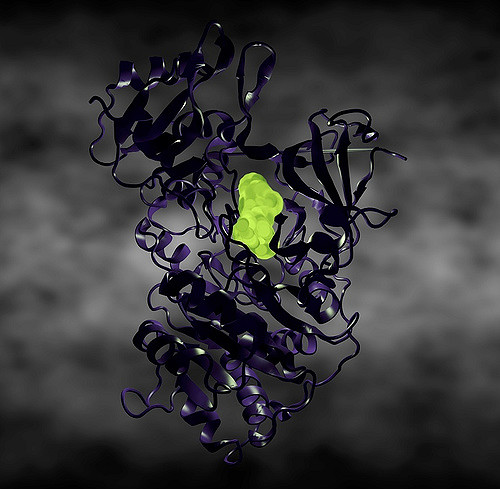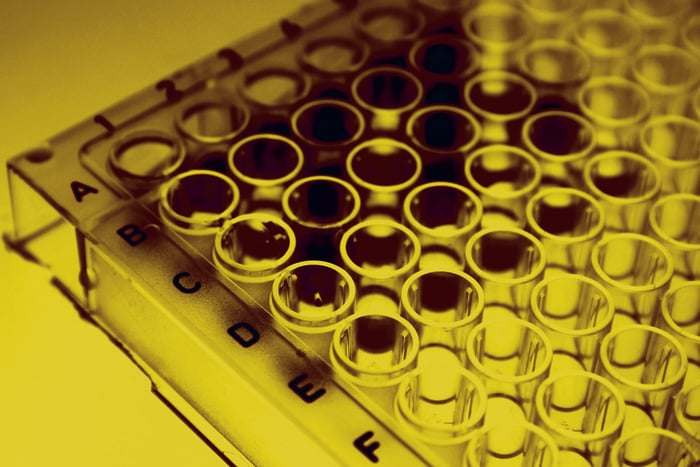ImmunoPrecipitation (IP) is a very useful immunochemical technique for isolating and purifying target proteins out of a complex sample (lysate). In conjunction with western blotting and/or other assay techniques, IPs can be used to determine: the presence and quantity of a protein; molecular weight of a polypeptide; rate of synthesis or degradation; enzymatic activity; and to identify certain post-translational modifications and interactions with other proteins, nucleic acids and ligands. There are different IP strategies to purify and analyze your target protein. Read on to see what IP strategy is perfect for you.
Immunoprecipitations (IP) for Protein Purification & Interactions Studies
Topics: Protein Purification
While proteases are essential in maintaining the proper function of living cells, researchers often do not welcome their presence in their protein samples. Why would they when the mere presence of these enzymes jeopardizes the integrity of their samples and puts them one step closer to imminent degradation? No researcher would be happy knowing that there are proteases in their samples, just waiting to chew up on their precious protein, especially if their target protein is low in abundance.
Topics: Protease Inhibitors
Protect proteins with cryoprotectants & protein concentration
Rough handling and proteins do not necessarily go well together. As proteins are extremely sensitive and can easily be degraded during the process of concentration, purification, and storage, they need to be handled with utmost care to reduce, if not eliminate, the risk of unwanted aggregation and/or degradation.
Topics: Protein Concentration
A blocking buffer is a solution of irrelevant protein, mixture of proteins, or other compound that passively adsorbs to all remaining binding surfaces of the plate. The blocking buffer is effective if it improves the sensitivity of an assay by reducing background interference and improving the signal-to-noise ratio. The ideal blocking buffer will bind to all potential sites of nonspecific interaction, eliminating background altogether, without altering or obscuring the epitope for antibody binding.
Topics: Assay Development (ELISA)



.jpg?width=788&name=Protein%20Structure%20(8).jpg)



